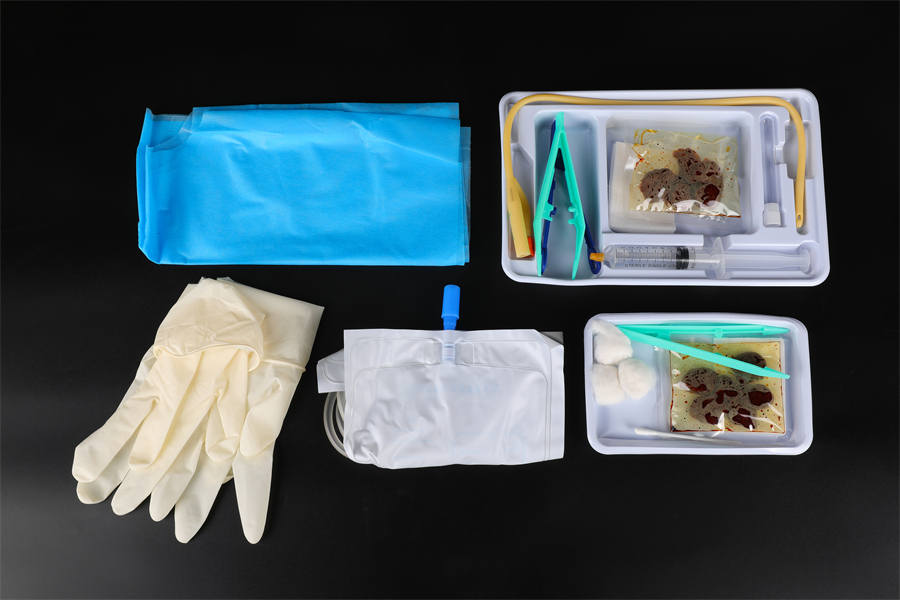Disposable urine kits are usually designed with anti-contamination features to ensure that urine is not contaminated by external bacteria or contaminants during the collection process. These collectors usually adopt a sealed design to ensure that urine will not leak or be contaminated by the outside world during the collection process. The anti-contamination feature may be achieved in the following ways:
Sealing design: Disposable urine kits usually have good sealing performance to prevent urine leakage. The sealing design also helps prevent external bacteria or contaminants from entering the interior of the collector. Sterile packaging: Many disposable urine kits use sterile packaging to ensure that the interior of the collector is sterile before use to reduce the risk of contamination. This ensures that there are no bacteria or other contaminants inside the collector before you start collecting urine.

Disposable use: This collector is usually designed to be used once and discarded after use, thus avoiding cross-contamination problems that may be caused by reuse. This ensures that each collection is carried out in a clean environment, reducing the spread of bacteria or other contaminants. Antibacterial materials: Some collectors may be made of materials with antibacterial properties to further reduce the growth and spread of bacteria. This can form an antibacterial protective layer on the inner surface of the collector, reducing the growth and reproduction of bacteria, thereby reducing the risk of contamination.
Although disposable urine kits usually have anti-contamination functions, you should still pay attention to following the correct operating steps when using them, including the correct opening method, collection method and disposal method to ensure the hygiene and safety of the urine collection process.

 English
English 中文简体
中文简体








